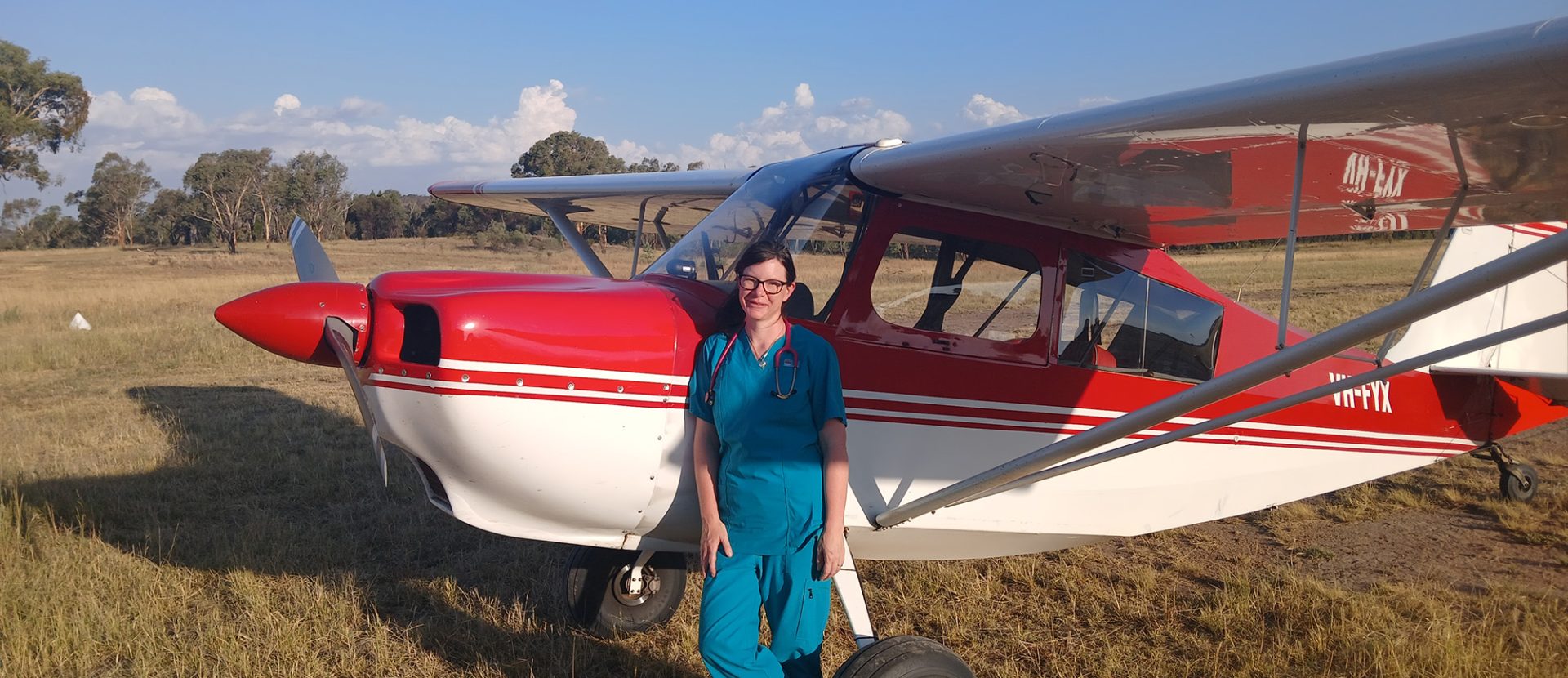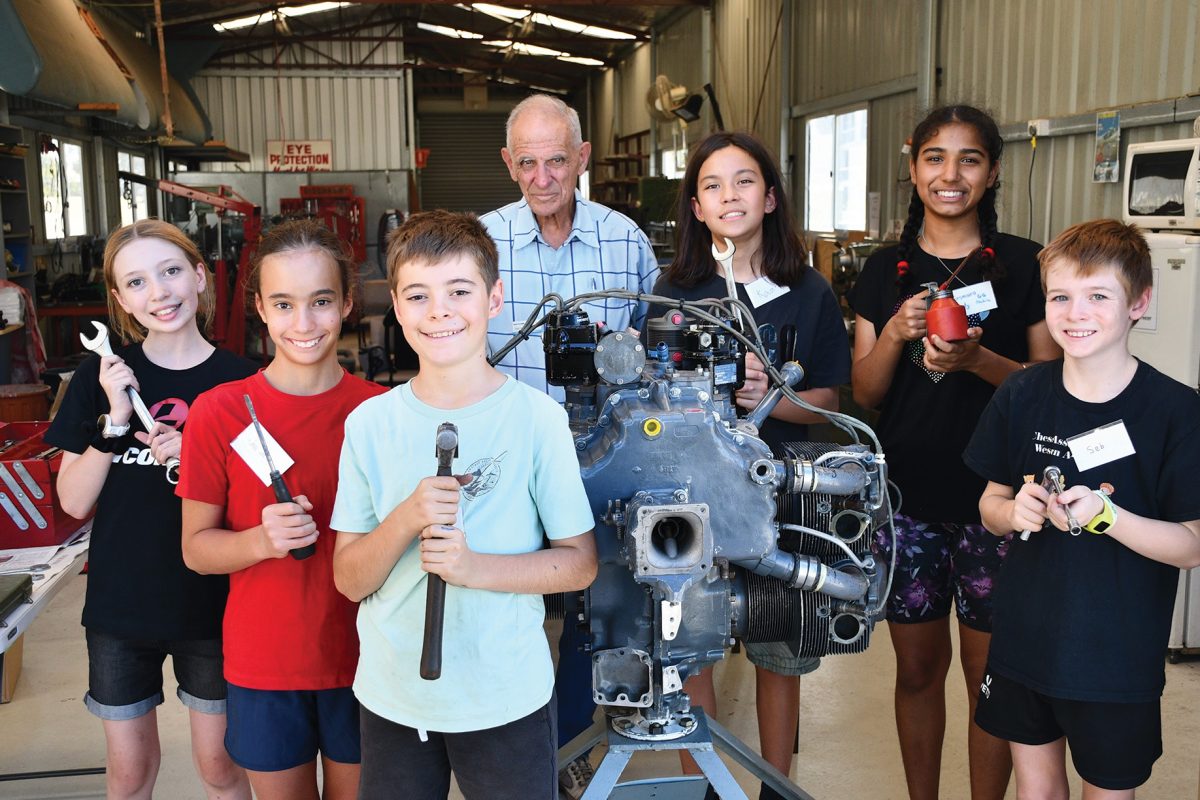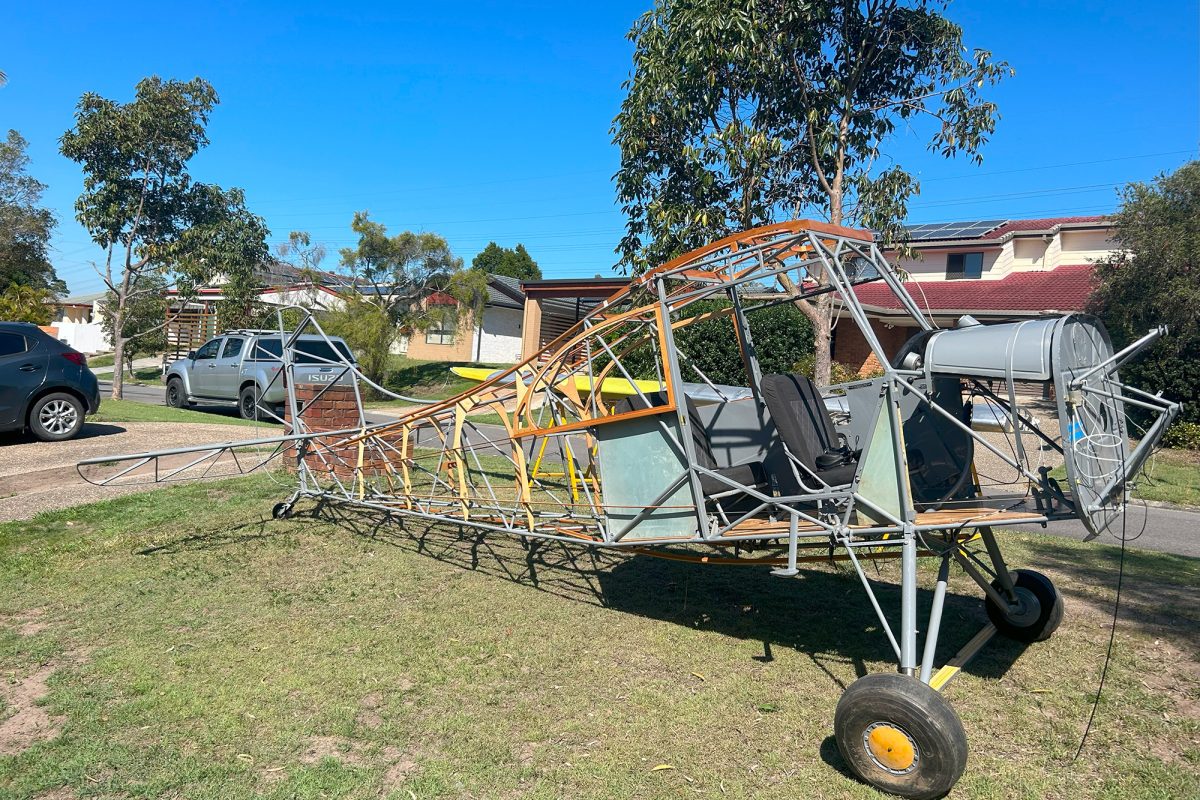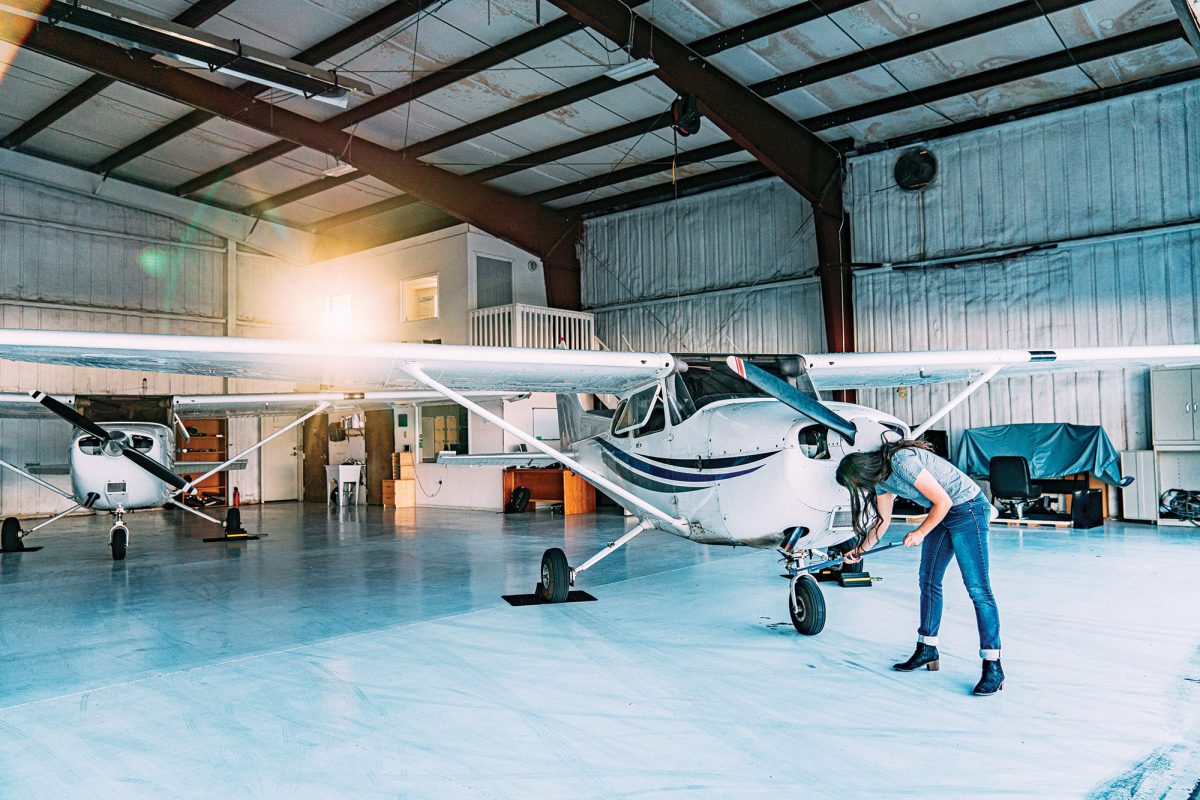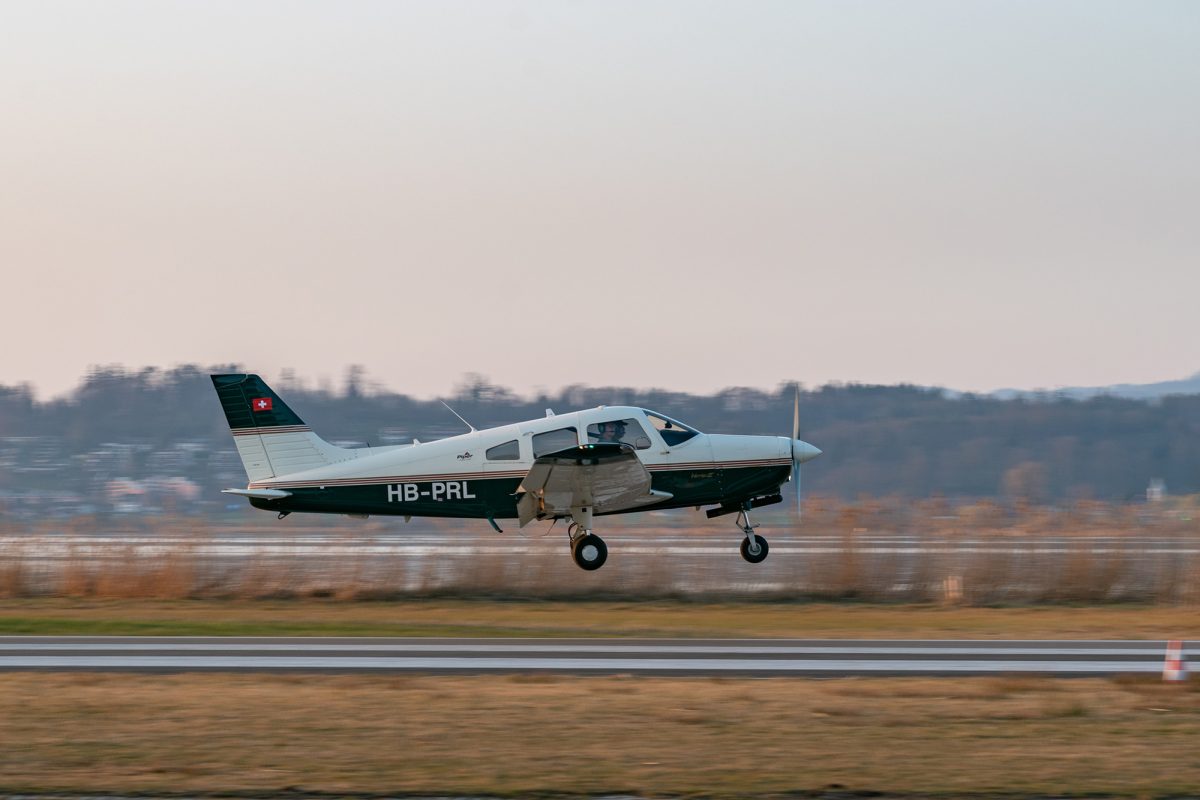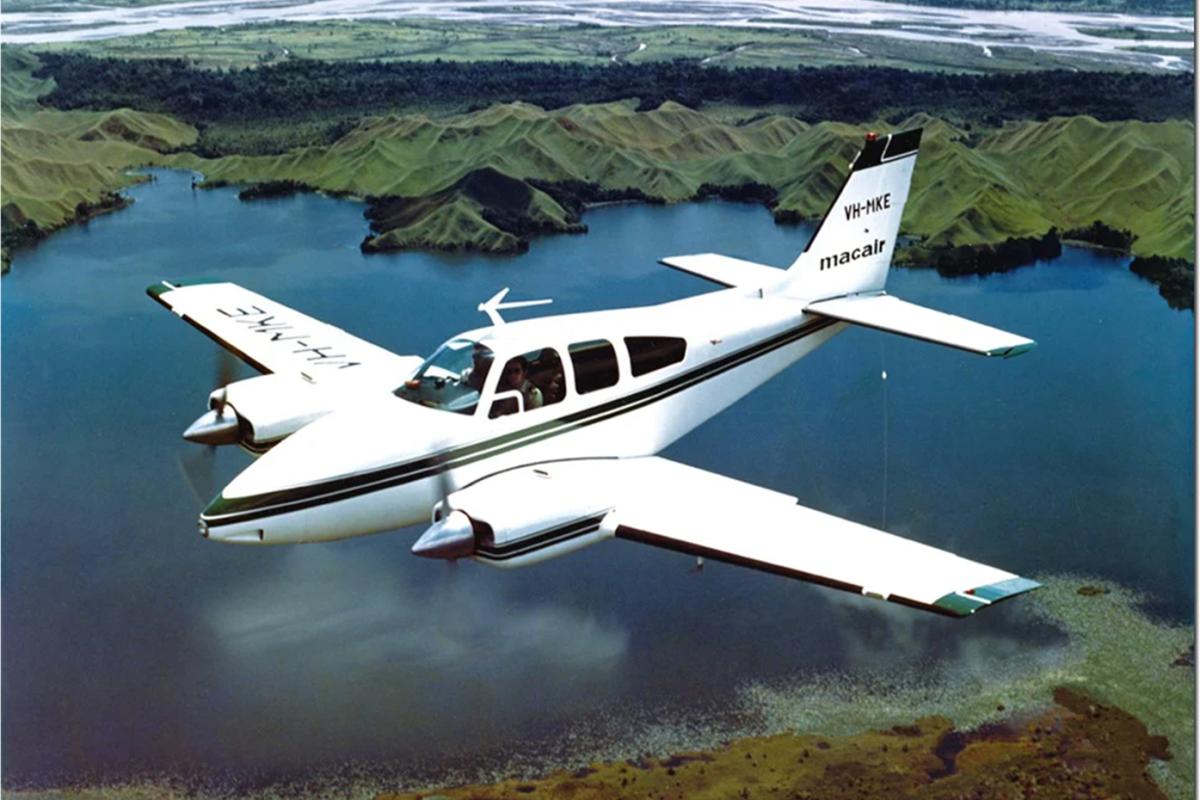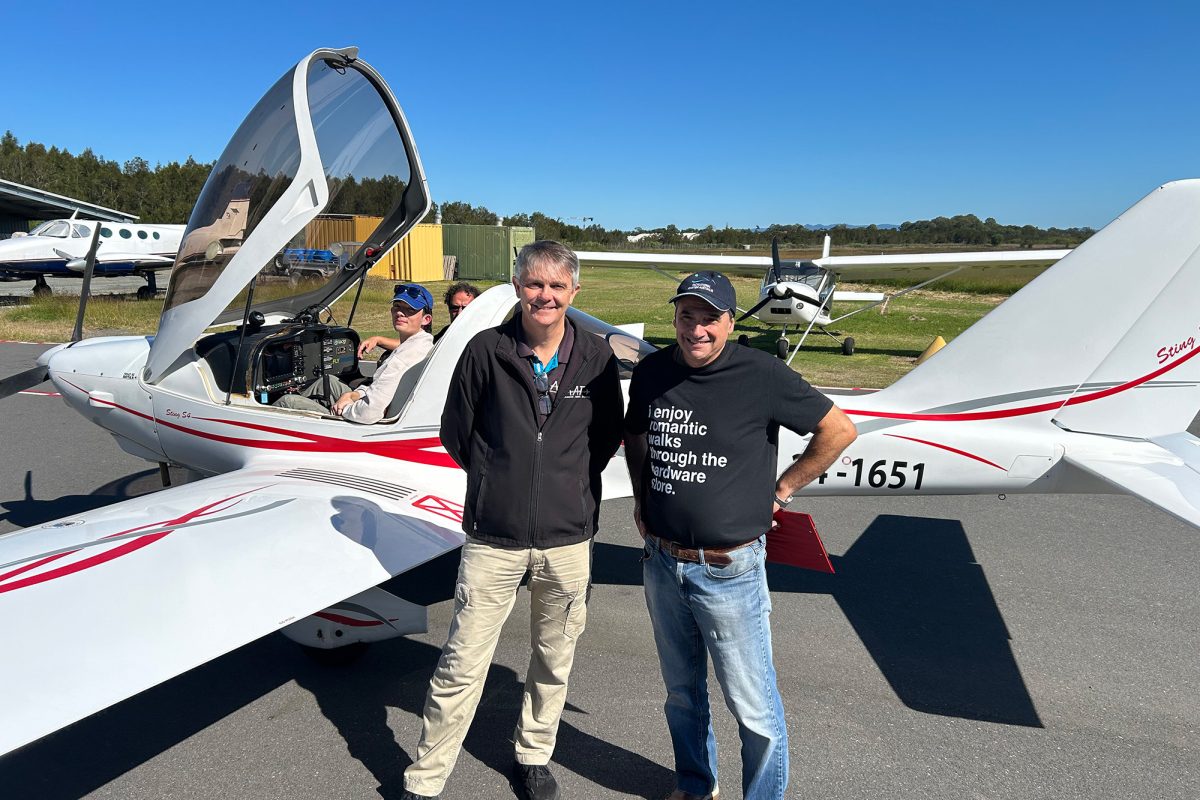DR KELLIE MATHIESON
HOW ONE RURAL GP TURNED CHILDHOOD DREAMS INTO A FLYING REALITY — CHANGING LIVES ALONG THE WAY.
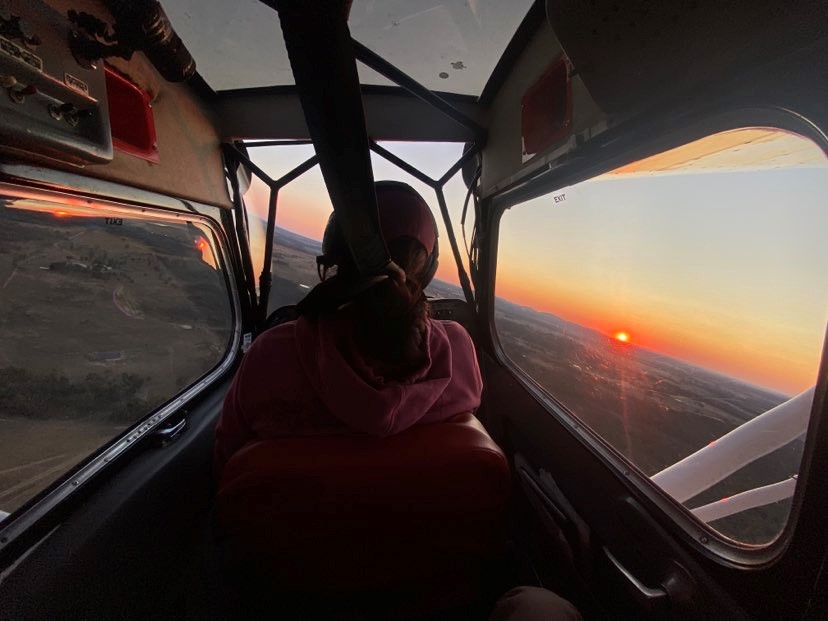
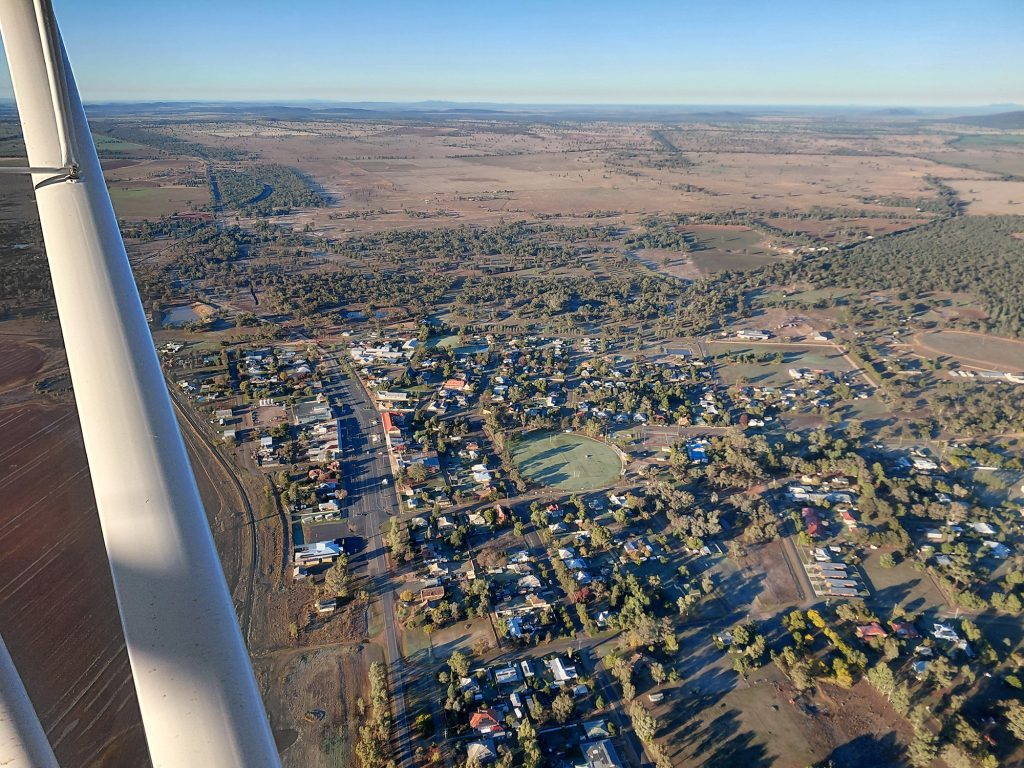
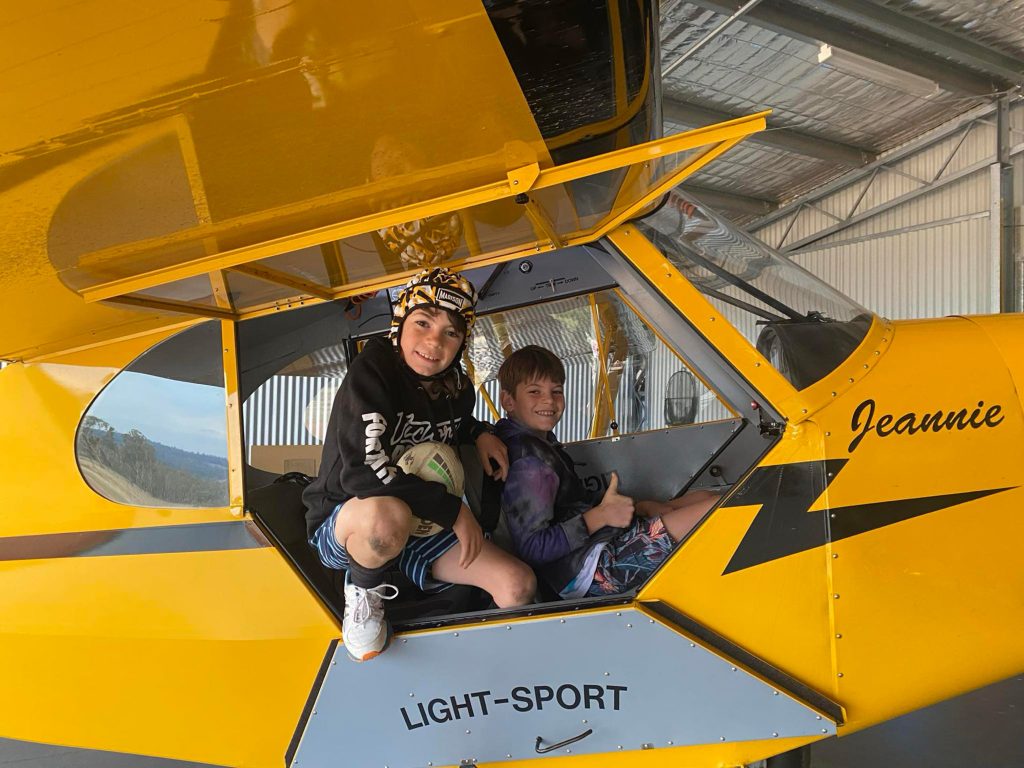
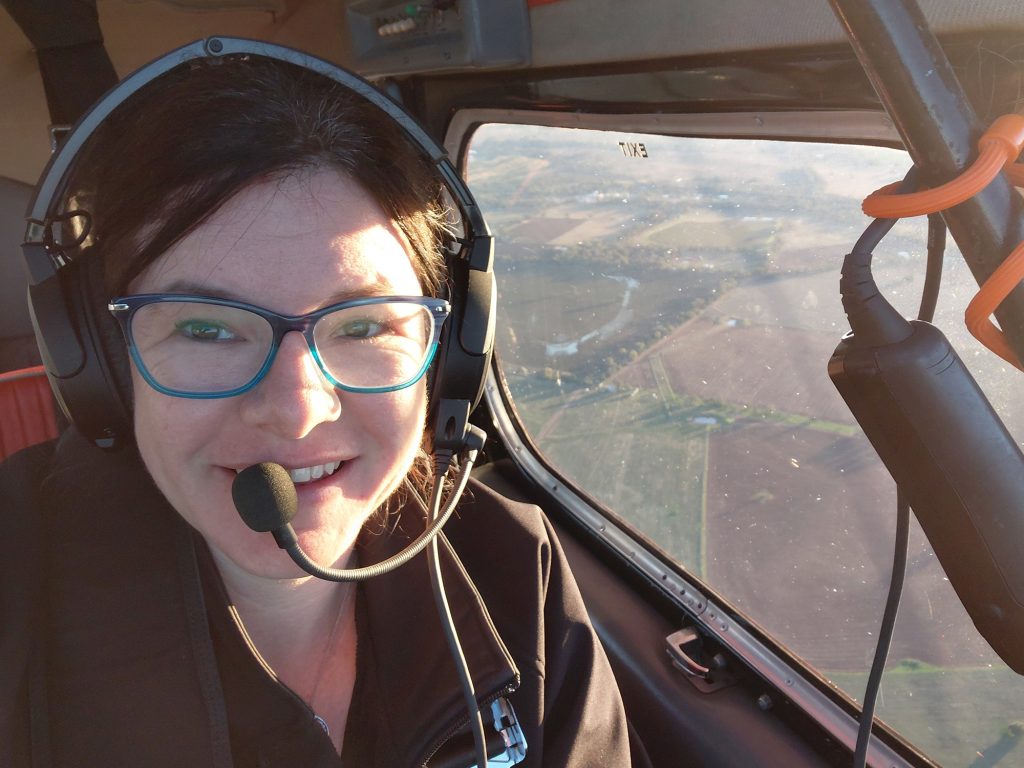
Ambition was never in short supply. At sixteen, she’d just completed a scuba diving course and was already on the lookout for her next adventure. Driving home through the countryside with her mum, they happened to pass a small local airfield. Without missing a beat, she turned and said, “That’s next. I’m going to learn to fly.”
Her mother’s reply was swift and absolute. “Over my dead body.”
That girl was Dr. Kellie Mathieson. Today, she’s not only a Rural General Practitioner based in Dubbo, NSW, but also a licensed pilot with her own 7GCBC Citabria. She flies herself to work most weeks — touching down on dusty bush strips to deliver healthcare to communities.
On Thursdays, she straps into the cockpit and flies herself to Trundle Hospital, a speck of a town famous for its ABBA Festival, wide main street, and now — its flying doctor.
But Kellie’s aviation story isn’t one of childhood lessons or seamless progression. In fact, the skies had to wait. For most of her 20s and 30s, flying remained in the rear-view mirror — eclipsed by university, building her career, and raising two young sons.
“Somehow life got in the way, and I found myself in my late 30s always regretting that I’d never learned to fly.”
After years of giving everything to her profession and her children, Kellie reached what she calls “a bit of a crossroads.” It was time for Kellie to figure out who she was outside of being a doctor and a mother.
“So much to the surprise and shock of my family,” she says, “I decided I was going to learn to fly.”
A quick Google search led her to Wings Out West, a flying school based in Dubbo. The school specialises in bush flying and tailwheel training — something Kellie hadn’t even known existed. She learnt in a Legend Cub, which was inspired by the Piper Cub and perfect for low-and-slow flying.
Wings Out West turned out to be, in her words, ‘exactly what the doctor ordered.’
“I told Dan, the instructor, ‘I’m not a practical person. This will take me double the time to learn than it takes anyone else.’” Dan was up for the challenge.
“I was addicted after the first lesson.”
Flying wasn’t easy, far from it. Kellie had to juggle solo parenting, a demanding career, and the inconsistent reality of rural weather. Sometimes she’d finally land a day off, only to watch storm clouds roll in and ground her plans.
“There were definitely moments I thought, ‘What am I doing?’ It felt selfish sometimes, like I was stealing time and money away from my kids.”
But the more she stuck with it, the more she realised her kids weren’t losing out — they were watching their mum chase a dream.
“Now they love flying with me. My ten-year-old has had a lesson and is already begging for more.”
Kellie earned her RPC with a navigation endorsement, then converted to an RPL at Curtis Aviation in Camden — her first taste of controlled airspace. “It was a bit overwhelming, but a valuable experience. I’d recommend it to any bush pilot.”
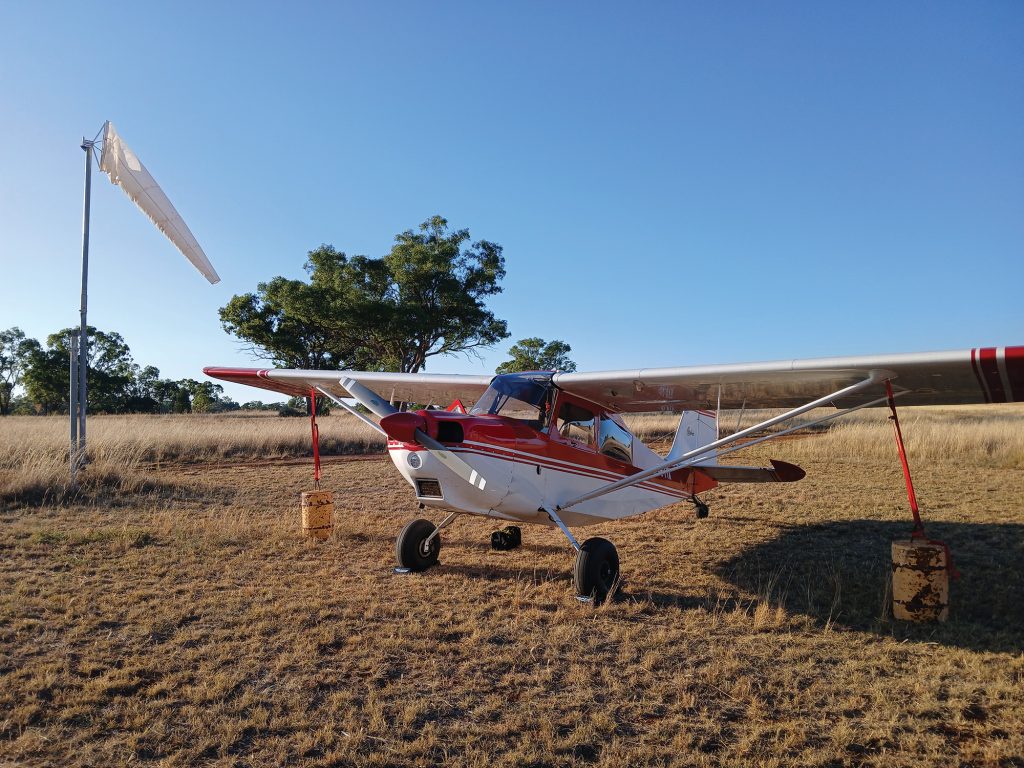
THE COMMUTE OF A LIFETIME
Kellie never thought she’d own a plane until she realised it might be the key to resolving one of her biggest career frustrations.
“I’d never considered plane ownership before,” she says, “but I realised pretty quickly that this may be the answer.” Having grown up in Eden, NSW — a town of just 3,000 people — Dubbo never quite felt “rural” enough. She wasn’t able to relocate, but she was passionate about providing healthcare to remote communities. Working with the Virtual Rural Generalist Service, a team of 32 doctors supporting up to 39 rural hospitals across NSW only deepened that drive.
“We provide care via computer when there’s no doctor on site,” she explains. “Our job is to support rural hospitals, and help reduce burnout by providing fatigue and holiday relief to doctors in small communities.”
A quarter of her work takes place on the ground, rotating through rural hospitals where hands-on care is still vital. Many of these towns are served by nearby bush airstrips, unassuming stretches of dirt that, for Kellie, represent a perfect intersection of purpose and passion.
So in 2023, she bought her 7GCBC Citabria — a plane that could connect her more directly to the places she wanted to serve. “It just made sense. I love bush flying, I’m passionate about rural medicine, and now I had a way to combine the two.” The Citabria lives at Wings Out West. Offers to buy it pop up often, but she’s not budging. “No way. I won’t let them. It’s perfect for what I want.”
Now, every Thursday, she climbs in and heads for Trundle — a 30-minute hop that replaces a lengthy 2.5- hour drive. “Flying makes the workday feel more like an adventure. I actually look forward to the trip home.”
At Trundle Hospital she’s the sole doctor on duty covering the ED, aged care, and GP clinic. With around 30 patients a day it’s a full load. But there’s help, a virtual emergency service called VCare, and a live camera system in the ED that can beam in clinicians from Dubbo or Orange for real-time support in critical cases.
“It’s like having an eye in the sky — literally. If someone’s bleeding out in front of me, we can have someone guiding us through it remotely.” Of course, flying to work isn’t always as straightforward as hopping in a car. Winter daylight hours and unpredictable weather add layers of complexity.
“I triple-check the weather before I leave,” Kellie says. “And Dan — my instructor — he always tells us to have an alternate. If I ever feel unsafe flying home, he’s said, ‘I’ll drive and come and get you, no matter where you are.’ That kind of support means the world.”
Parkes and Peak Hill are her usual backup landing strips if the weather turns. Worst case? She bunkers down at the hospital overnight. Not the worst place to be stuck, really!
It’s been two years since Kellie’s first solo flight. These days, she’s preparing to fly herself to even more remote towns across the Central West; places like Tottenham, Tullamore and Gilgandra where she’ll continue delivering care on the ground. “Flying myself to work has been a childhood dream,” she tells me. “I still feel that I need to pinch myself sometimes. It feels so surreal to have achieved something that I thought was so far out of my reach.”
She’s modest about what it’s taken to get there, but clear-eyed too. I’d like to say the old cliché “If I can do it then anyone can,” but it just isn’t true. To learn to fly you have to be prepared to work hard, to fail at times, to ask stupid questions but above all you need to be prepared to never give up on your dreams.
So far, her patients haven’t grown tired of hearing about the plane. With her list of destinations growing and an instructor rating possibly on the horizon, that enthusiasm shows no signs of fading. For Dr Kellie Mathieson, flying isn’t just a dream come true. It’s become one of the most practical tools she has for doing the work she loves, and for reaching the people who need her most.
